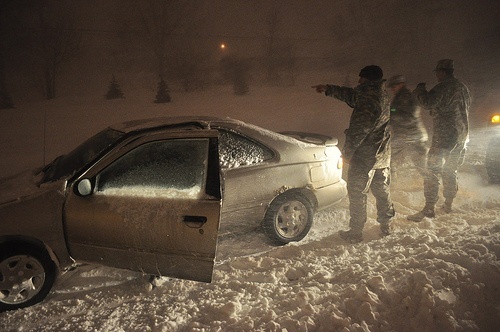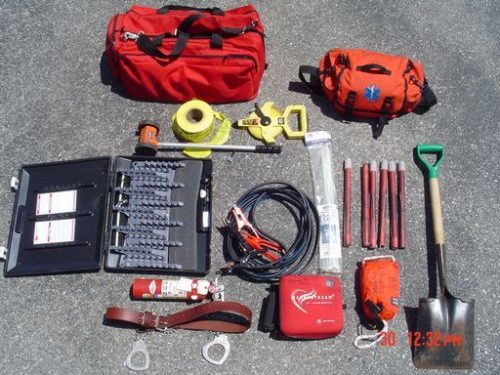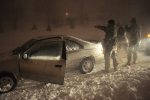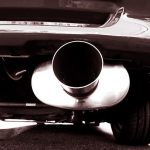It was a rainy winter night. You were struggling to see through the rain on your windshield when it happened. Bang! You hit a pothole that you could not see because of the rain. Then, you heard the “thump, thump” of a flat tire.

One of the worst things that can happen in a car happened to you — you were stranded, at night, in the rain. You called for a tow truck, but the operator said it would be at least 45 minutes before the truck arrived. You realized that you should put out something to warn other drivers of your disabled car, but looking in your trunk, you didn’t find anything helpful. Just then, a car sped past, barely missing you. That is when you realized just how much trouble you were in.
The moral of this story is simple: when you are on the road, you must be prepared. You never know when trouble will strike. What you needed in that story was a road-signaling device. There are three main types of road-signaling devices, each with its benefits and drawbacks.
Flares
The simplest, most well-known road-signaling device is the humble road flare. Road flares prevent thousands of accidents every year, by alerting drivers to trouble on the road. They are simple and easy to use — you strike it like a giant match on the end of its removable cap.
- A drawback to road flares is that they can start fires if they are not placed appropriately, so be aware of your surroundings.
- In addition, road flares are not very effective in daylight.
One note of caution: always put road flares out by dousing them with water; never leave them burning.
Electric strobes
Electric strobes are another option. These simple, battery-operated devices use bright flashing LED lights to warn oncoming traffic of an upcoming hazard. Electric strobes are highly visible, but they also have drawbacks. The biggest problem is that they are battery-operated, which means they could be “dead” when you need them the most.
Also, they are costly to replace if they are accidentally left behind or hit by a passing car and destroyed.
Reflective triangles
Cones and reflective triangles are usually bright orange and are quite visible, in day or night. Cones are the default for road crews, so other drivers are accustomed to avoiding them. Unfortunately, they are bulky and difficult to transport and store. Reflective triangles will fit more easily in your trunk.
Whatever option you choose, make sure you have something available if a roadside breakdown happens.
Building a Road Safety Kit

Now that road-signaling needs are covered, what else should a driver keep in the car? There are certain essentials that no driver should be without.
When an accident occurs in a remote area, you may be the first individual on the scene. A decent first aid kit allows you to treat minor injuries, and perhaps keep more serious injuries from getting worse.
A blanket or tarp is another useful item. A blanket offers shelter from the weather and can keep you warm if you break down in the winter. A Mylar “space” blanket is inexpensive, incredibly light and can fold into a tiny pouch.
A flashlight is a basic necessity, and it is useful both as a light and a signaling device. With inexpensive LED flashlights available at any hardware store, there is no excuse for being without one.
About the Author
Doug Climenhaga is president of SVI International, Inc., a leading supplier of parts for industrial lift equipment. With more than 20 years experience in the hydraulic and automotive lift parts industries, he holds two patents and has designed scores of problem-solving products.





